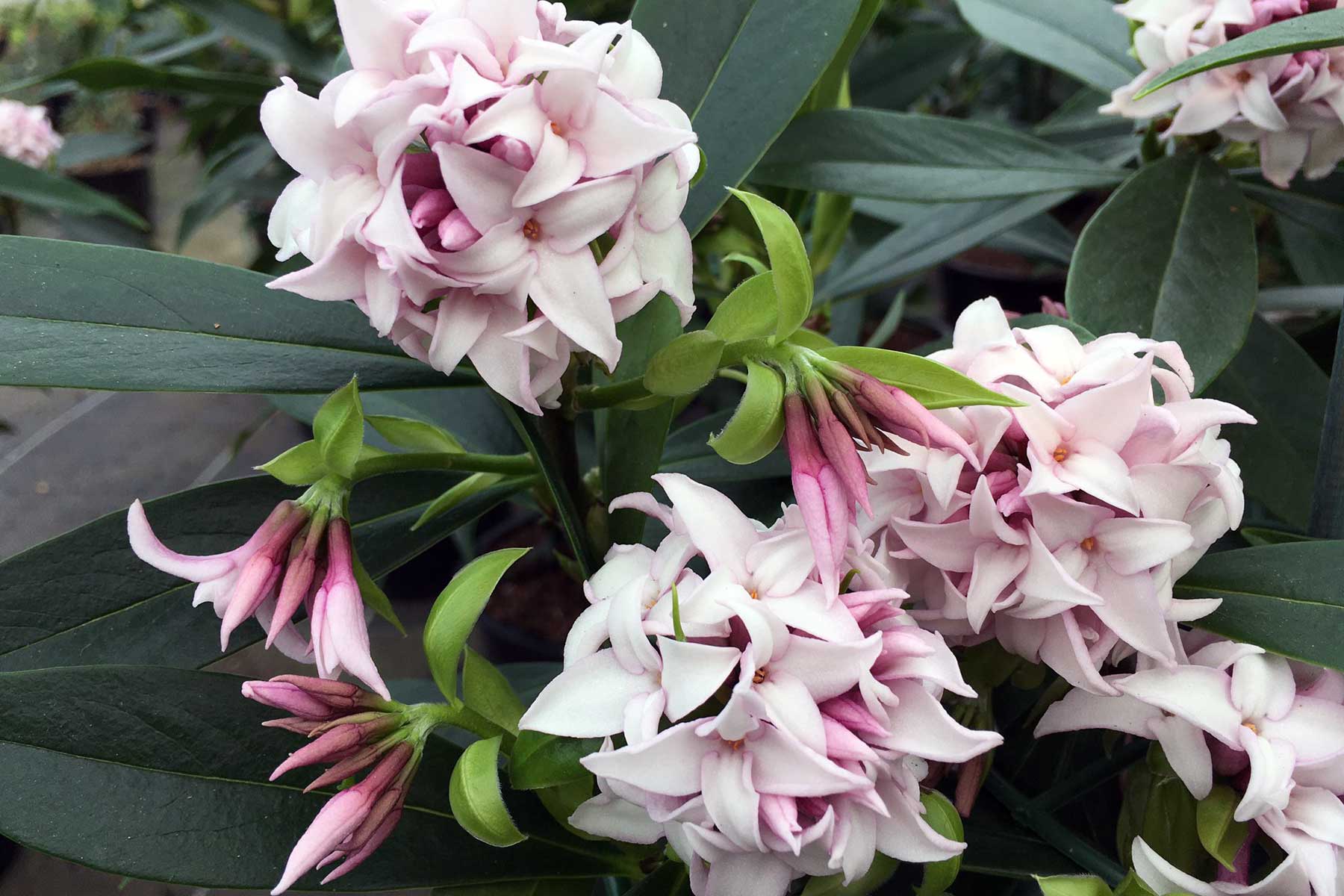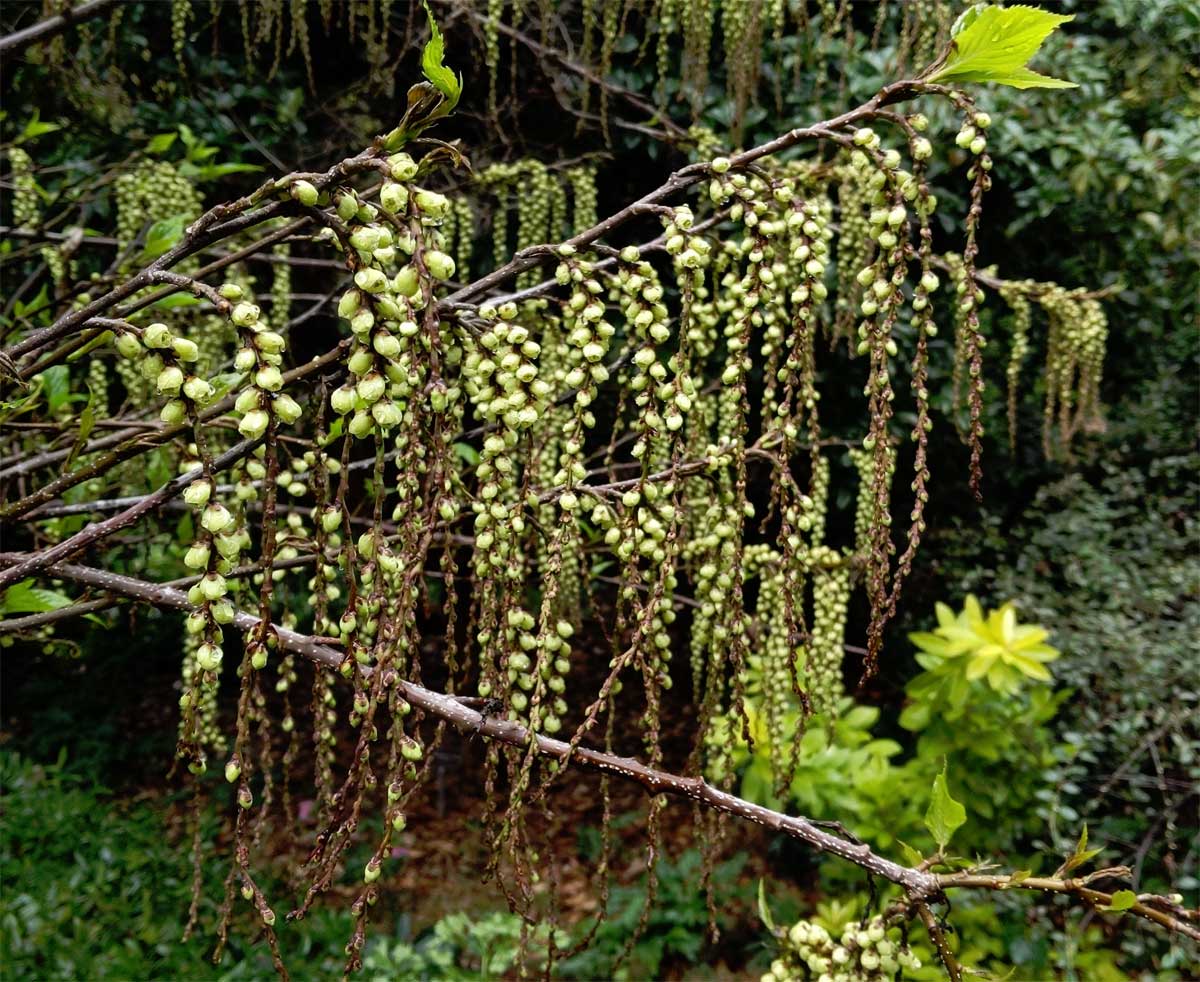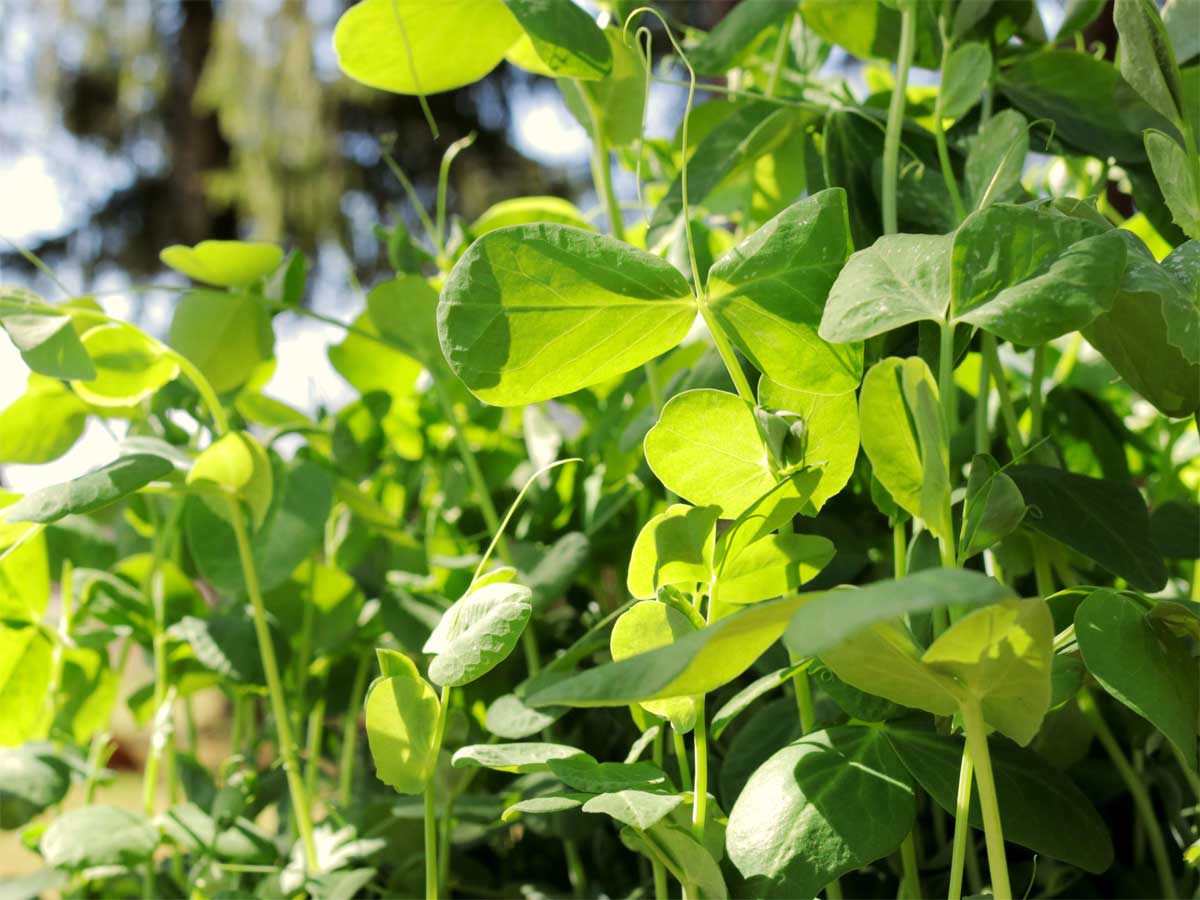February in our Gardens by Philippa Thomas.

HERE’S TO MAKING MORE CHERISHED MEMORIES IN 2022. A New Year Gives Us An Opportunity To Reinvigorate Our Enthusiasm For Chasing Goals And Dreams. In these challenging times, our gardens are providing an oasis of calm – always unaffected by our latest news headlines.
The age-old question, when does Spring really begin? If you’re a Meteorologist, Spring begins on the 1st March. If you’re an Astronomer, Spring begins on March 20th but if you are a Gardener, Spring begins on February 1st.
Really, no two Springs are ever the same. Who can possibly forget ‘The Beast From The East,’ beginning on 22nd. February, 2018. ….Now, we have 28 days to look after our wild birds, sow and grow and tackle our gardens.
So, the arrival of Spring can often surprise us and then, day by day, we gain a few more minutes of daylight, jolting plants into growth, catching us off guard. Some of our days can be elastic and others, the opposite. Dalkey has a maritime climate, generally cool summers with high humidity and then, somewhat wet throughout the year. Admittedly, a lot of our magic happens underground, – far and away from our human eyes. There are, regardless, a few February/early March flowering plants which truly herald the beginning of another, new growing season bringing scent and colour to our gardens at a time of the year when both we and early emerging pollinating insects need them most. Daphne bholua, Jacqueline Postill is an absolute classic with its richly scented, pale pink flowers but possibly, grows too large for a small garden. Instead, the evergreen Daphne ‘Perfume Princess’ is an outstanding new variety that produces its clusters of large, deeply perfumed flowers in profusion, from January-March and only reaches a height and spread of
1 metre- 1.5 m.

Daphne Perfume Princess
is a brand new form that is taking the gardening world by storm.
Remember and most importantly, the more compact species of late winter/ early spring flowering plants, shrubs and even trees will grow quite happily in a large pot or ‘whatever’, as long as they are kept fed and watered. Sarcococca humilis, pack a powerful perfumed punch and then, the hardy Japanese Apricot, Prunus Mume, Beni Chidori, which incidentally a friend of mine grows effortlessly, it reaches a height and a spread of just 2 metres – 2.5m and whose sherbet-pink almond scented blossom brings a splash of superb colour to the garden in February/ March, ….it will grow very well in a large terracotta pot, too.

Prunus Mume,
the hardy Japanese Apricot will grow very well in a large terracotta pot.
For the tiniest gardens, containers, small troughs and window boxes, most bulbous plants are perfect, providing we give them a good quality, John Innes based compost and add some horticultural grit for sharp drainage. Beauties such as reticulata (dwarf) irises, scillas and very early flowering daffodils, such as Narcissus ‘February Gold’ and ‘Spring Dawn’, are all reliables. We can presently find them as container- grown plants in bud in good Irish garden centres. Over the years, all these should form generous flowering clumps.

Stachyurus Praecox
deserves to be better known. It can be trained to grow against a wall. A valuable nectar source for pollinators. 4 metres tall.
Alternatively, should the whim entice you to grow vertically, for 2022, there are some amazing climbers out there that are ideal for growing against a wall, around a doorway or over an arch, pergola, gazebo, obelisk or screen. Such, create privacy and mask unsightly features, as well as providing additional interest and wildlife value. Climbers take up little soil space enabling us to squeeze more plants into our growing space. Some climbers may need support initially but otherwise, will romp away without any help. Star Jasmine, Trachelospermum, Witch Hazel, White Forsythia and Stachyurus Praecox can all be trained to grow against a wall, (in much the same way as fruit trees,)…..their size and habit controlled with an annual pruning soon after they’ve finished flowering. All are borderline hardy, like a sunny sheltered spot and to be protected from harsh winters and severe frosts.
HOUSEPLANTS
Houseplants are the perfect way to make our apartments feel a little cosier and more like a home. Houseplants are far more than just a decoration for our homes and offices. They provide filtration and removal of harmful airborne toxins, pollutants and VOCs.
If our ‘den’ doesn’t see a lot of sun or has smallish windows, – low light plants are probably our best bet….If we can comfortably read a book, magazine etc, without having to turn extra lighting on, some best houseplants for low- light include Chinese Evergreen, Aglaonema, then The Snake Plant, Dracaena Trifasciata or The ZZ Plant, Zanzibar Gem, just adore the dark shiny, glossy leaves of the latter, ….in my eyes, it is a stunner.
For a bright room, Anthuriums, Desert Gem Cactus, Echeverias and many other succulents are so happy and mature beautifully in such conditions. Houseplants are relatively inexpensive to buy, especially in a supermarket, I have heard of 30 year old snake plants and more…..Then, we can make our bathroom feel like a spa, if we have windows by including humidity-loving houseplants such as Ferns, Peace Lilies, Aloe Vera’s, etc. Scientific research shows that being around plants helps reduce stress.
Giving our houseplants a fortnightly spritz in the shower helps wash off invading insects, such as mealybug, scale insect and spider mite. These insects can thrive in dry winter atmospheres of our homes and can disfigure our favourite plants….Dunk, Drench And Drain.
KOKEDAMA: Kokedama is super trendy these days. Instead of growing in pots, we can grow our favourite houseplants in moss covered balls. Kokedama is actually, an offshoot of Japanese bonsai, – it’s a way of sculpting a plant into a piece of living art. Possibly, the best plants are smaller plants. Such as Ferns, Ivy, Pilea (Chinese money plant,) Anthuriums etc, but really, just about most houseplants will grow in a moss ball. I would avoid cacti and succulents as they like loose, sandy soil. The right base can be just as much part of the overall look as our plant. It can work so well as a table centrepiece or as a far more dramatic effect, hang it so its suspended in the air.
MICRO-GREENS

Delicious tender pea shoots
What are micro- greens? If we’ve dined out almost anywhere over the last few years, we are bound to have had a garnish or side salad made up of tiny leaves, or shoots or even tendrils. These are micro-greens otherwise known as baby leaves and they are ultra easy to grow. Did you ever grow mustard or cress at school? Well these little plants were micro-greens and if you can grow them you can grow anything. Sprouted beans and seedlings are also micro-greens, we just eat the sprouts and the still attached seeds, together. Gardening and growing is not just on-trend but has morphed into a way of modern life. We can grow these seeds, sprouts and mini-greens virtually anywhere, on a kitchen windowsill, or on a table in the house. All we need is a tray and some absorbent material like kitchen roll or a clean towel. Then we need some suitable seeds designed for sprouting or for micro-greens, be sure they haven’t been pre-treated with chemicals. Likewise, anyone with a balcony, patio or terrace, even those stuck indoors, have used their newly honed houseplant skills to grow micro-greens, windowsill herbs and seed sprouts. The young shoots of peas, broad beans, garlic, chives and even leeks and celery have really fresh clean flavours that can be used in our meals. The leaves of some plants that you may already be growing can also be used such as beetroot, nasturtiums and broad beans. Baby leaves of young seedlings/micro-greens have become a trendy sensation in Michelin starred restaurants too, their concentrated flavours and fresh tastes are truly unique. Again, just make sure that you sow the seed designed for the purpose.
MIGHT DO, MAYBE FEBRUARY JOBS
1. On these dark, late winter days when it feels, spring will never come, maybe place a few sprigs with buds in a vase indoors and enjoy them burst open with their special scent.
2. If we offer a variety of foods this February to our garden birds, we will attract a wider selection of bird species.
3. This is the perfect time to cut down deciduous ornamental grasses left standing over winter, before their brand new, fresh shoots appear.
4. Hunt out overwintered snails huddled in empty pots and hidden corners, in order to reduce populations.
5. It’s a great time to sprinkle slow- release fertiliser around the base of flowering shrubs.
6. Cut away all the foliage from Epimediums and then, it’s like overnight, their spring flowers emerge. We have approx 16 varieties all clumped together in similar terracotta pots on our terrace, beyond the hall door. They are also known as ‘Fairy’s Wings’.
7. Good air circulation is important to maintain rose health. If roses are growing into each other, prune them so that air can flow between the plants, this helps prevent common fungal problems such as black spot disease.
